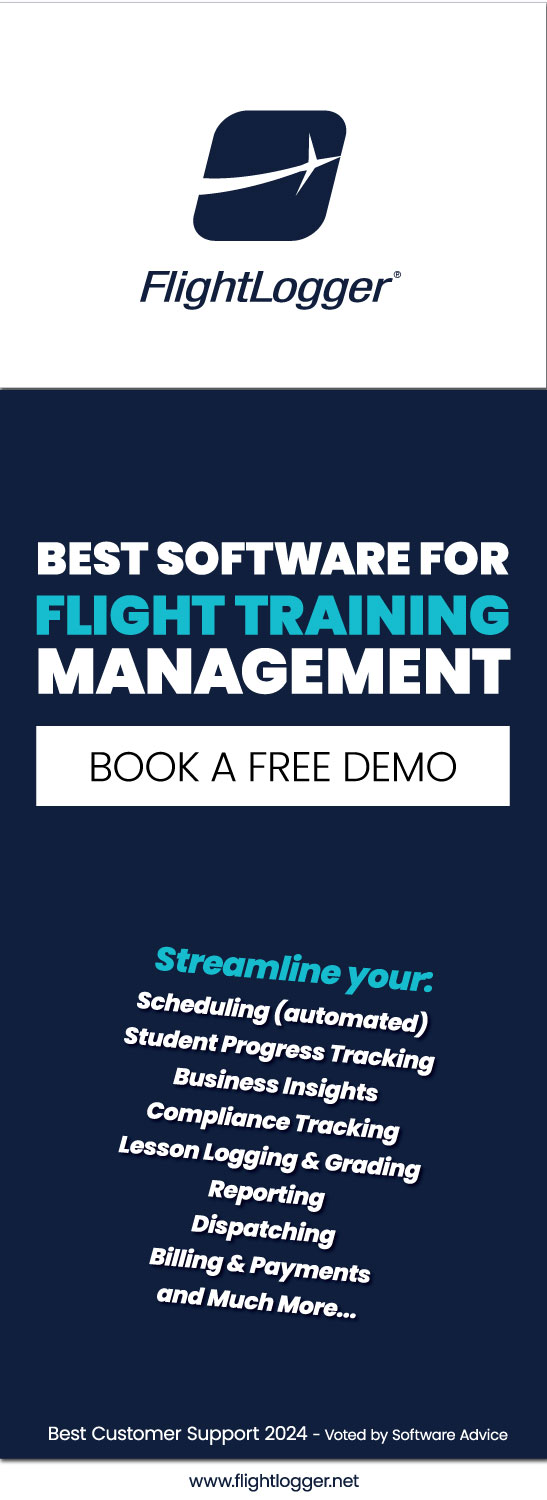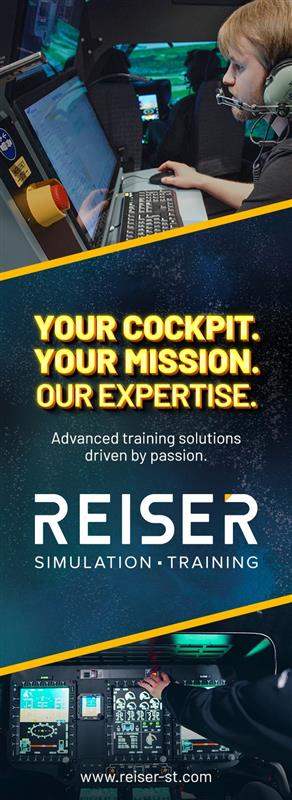True Course Simulations’ Director of International Business Discusses the Benefits of VR Immersive Training Devices for Flight Training
United States headquartered simulator manufacturer and pilot training solution provider True Course Simulations’ Director of International Business, Glen Ross, discusses the benefits of VR immersive training devices for flight training. He also addresses the issue of global regulatory certification, and why this shouldn’t stop you from considering VR for your flight training needs.
Read his insights below:
“When I first talk to people about VR flight simulators very often the first, or the second, question I get asked is ‘Are they certified’?
The answer, at the moment, is no. Except for one helicopter VR simulator, certified by EASA, none of the VR flight simulators/Immersive Training Devices (ITDs) currently on the market are certified (correct me if I’m wrong).
So, should this stop flight training organisations from taking advantage of this very versatile, very affordable, very powerful flight training tool? Of course not!
What then are some of the benefits of ITDs:
- They have been shown to reduce the flight time students require to obtain their license (>30% reported).
- The time taken by students to obtain their licenses is generally trending up globally. Therefore, if, for example, a student takes 90 hours to pass their check ride/flight test, a saving of around 30% could result in a reduction of up to 27 hrs in flight time!
- They are the first and only viable VFR flight training devices.
- They allow students to see and feel what it’s really like to fly an aircraft and become comfortable in this hitherto alien environment.
- With modern VR technology students ‘feel’ like they’re actually there flying the aircraft. This leads to higher rates of learning (transfer of training).
- Reduces stress and anxiety.
- An aircraft is not a good environment for learning. Therefore, if a student can practice a lesson repeatedly in a realistic environment, at their own pace, prior to going flying, every hour spent in the air is more valuable.
- Reduces risk.
- Night flying
- Emergency procedures
- Terrain
- UPRT
- Weather/inadvertent IMC, can all be taught and practised with no risk, prior to consolidation in the air.
- Remedial/extra instruction
- The bulk of remedial training can be delivered by an ITD, before reflys.
- Better instructor utilisation
- With AI instructor courseware, flight instructors can be utilised in flying duties while students prepare, learn and practice in an ITD.
- Environmental savings
- ITDs can assist organisations in achieving NET ZERO by better-preparing students for each lesson, thus reducing aircraft use, maintenance etc.
- Cost
- ITDs are generally cheaper than traditional simulators and certainly cheaper than operating an aircraft. Ancillary costs (i.e., airport changes, airways etc.) can also be reduced.
- Versatility
- ITDs are easily and cheaply reconfigurable – mostly through software. This means students can fly at any time of day or night, in any weather conditions, at any airport anywhere in the world and in almost any aircraft!
In summary, utilising ITDs offers repeatable, observable, measurable and realistic flight training that results in a higher throughput of better-prepared and more competent students. Which is ultimately what everyone in the aviation industry wants.
And all of this with no certification!”
Source: Glen Ross (True Course Simulations)
Photo Credit: True Course Simulations (shown as meta image)
You may also check our Terms and Conditions for our Content Policy.
Searching for specific information – kindly contact us to see if we can assist you.
Check out the more than 18000 relevant pilot training industry updates here.




